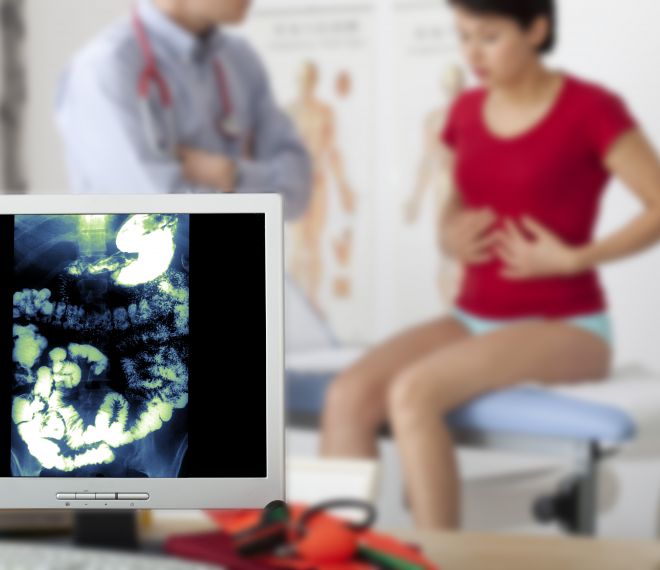Tumors: there is no time to delay

Most Common Issues
While cardiovascular diseases show an improving trend, Hungary still ranks high on the list in terms of cancer incidence and mortality. The most common cancers in the digestive system include colon cancer, stomach cancer, pancreatic cancer, liver metastases, liver cancer, and bile duct tumors.
Early Diagnosis Can Save Lives
Being mindful of certain signs and seeking medical attention in time can lead to early diagnosis, significantly increasing the chances of recovery. Early general warning signs—though not exhaustive—may include significant weight loss, weakness, bloating, the appearance of fatty stools, anemia, pallor, and changes in bowel habits.
The Path to Recovery
The path to recovery often starts with surgical removal performed by an oncological surgeon specialist. However, surgery may not always be possible due to the extent of the disease or the patient’s general condition. Other treatment options include chemotherapy and targeted biological therapies. It is crucial for treatment to begin as early as possible and for patients to navigate efficiently between different specialists and services.
Prepared for the Fight
At Duna Medical Center, we offer a range of screenings and early diagnostic options, consultations with specialists for various organ-related diseases, and appropriate treatment plans. With significant professional expertise, the center is equipped for various surgical interventions and subsequent intensive care.
The Key to Effective Care
One of our institution’s main advantages is comprehensive care available in one location—from diagnosis to oncological, surgical, and gastroenterological consultations, and ultimately, to treatment. This integrated approach eliminates the time-consuming, frustrating, and often unnecessary transfers between different facilities.
